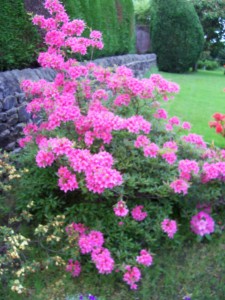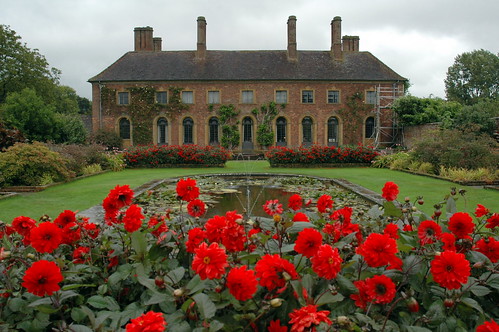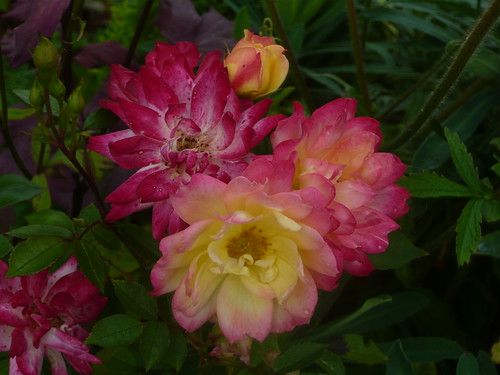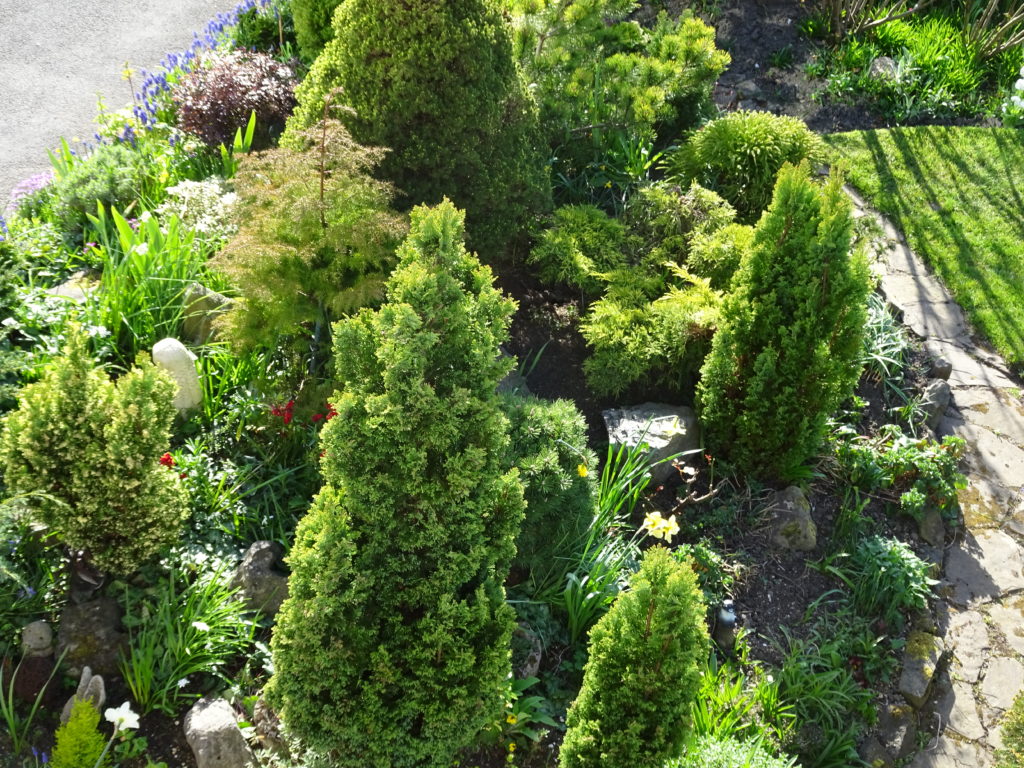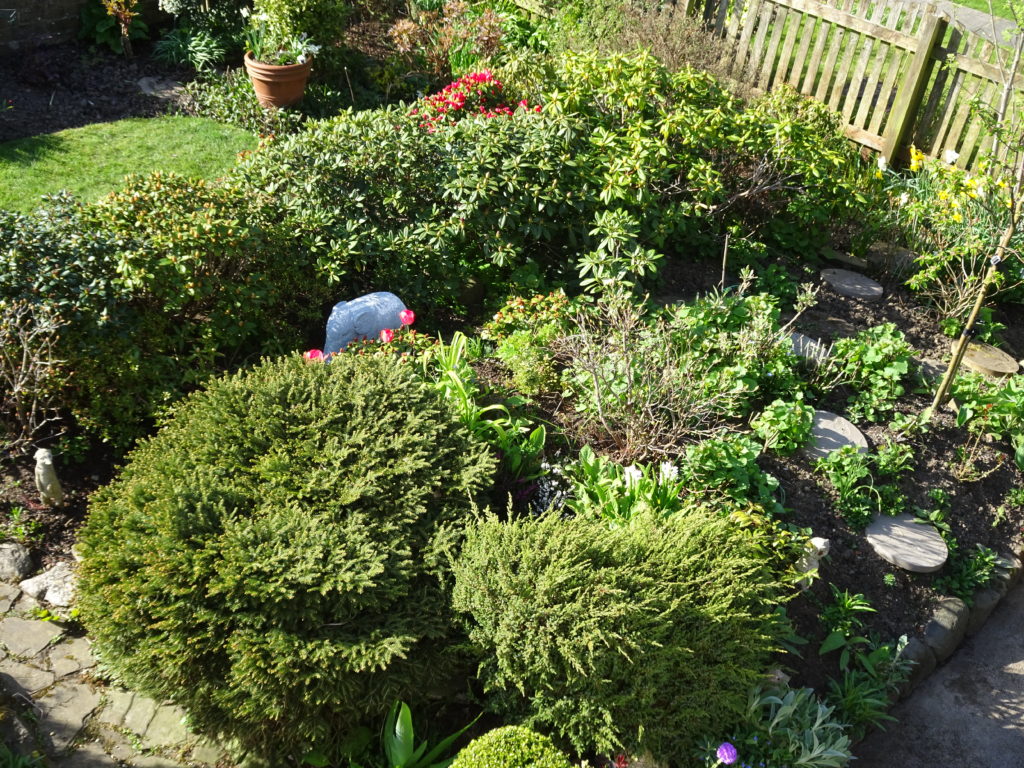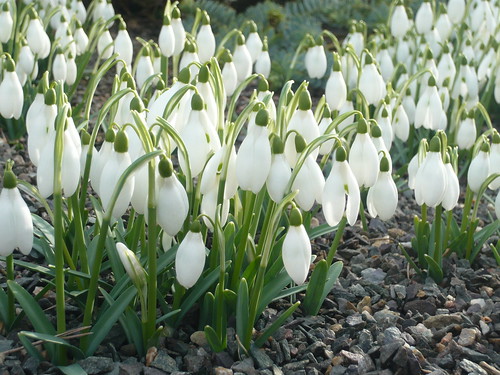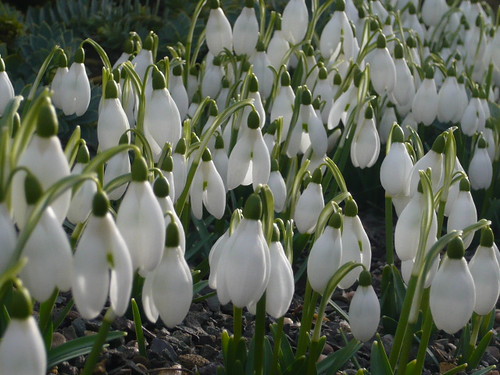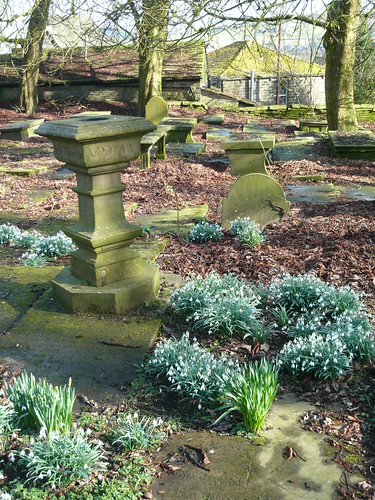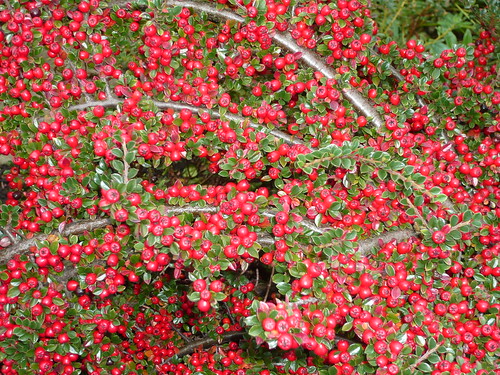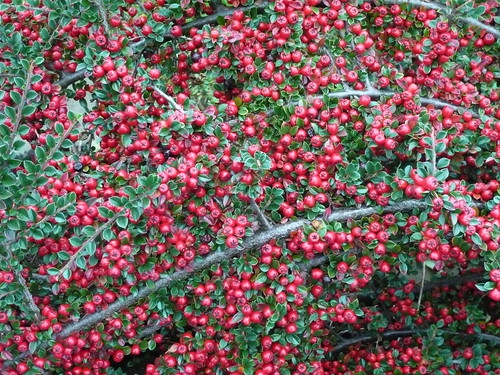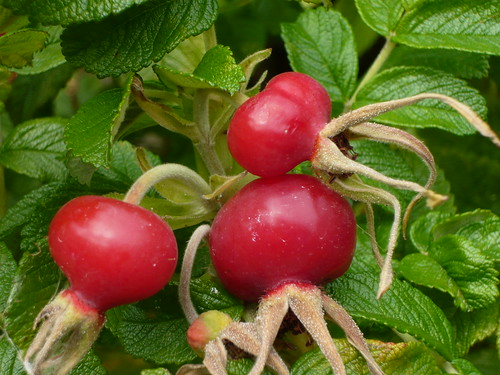
Sowing the Seeds of Success – Rose Hips containing Seeds
All good gardeners know that seeds are on your side they want to grow and thrive. Apart for some weedy exceptions that I will save until the end of this article seeds can be coaxed into blooming excess with only a little know how.
Help From the Seeds.
Every seed tells a story and you can learn to read that story by considering the parent plant and the seed itself. To set seed most plants need to be pollinated male to female and many plants are self-fertile. Having taken a deal of trouble to attract pollinators or pollination most plants package up the seeds and plan how to distribute them.
Berries and fruit have a soft or pithy outer case to help. Birds ingest elderberries and deposit the seed where they will.
Poppies have a pepperpot shaker type seed head that allows some ripe seed to be sprinkled each day over several days or weeks.
Aquilegia seed pods contort and twist to ping out seeds in a squirting motion so they travel a distance.
Dandelion seeds have feathery tufts to allow the wind to blow them where you don’t want them (but I said I would save these comments to the end)
So from these examples you can see seed pods protect and help distribution of the seed.
Seed Size and Features
Seeds vary in size and shape and many will become familiar to the regular gardener. A conker, pea or a grain sized Mesembryanthemum all have the same function to reproduce plants and maintain the survival of the species.
A good big one beats a good small one is a modern quote and in the vegetable garden leek and runner bean seeds are saved from good parent plants. Note it is the plant not necessarily the seed where size counts. Flower seeds should all be sown to get a choice of seedlings to plant out.
Some seeds have hard coats to protect them and legumes like Lupins or Sweetpeas may need the coat soaking in water or chipping or sanding the outer coat to allow moisture to start the germination phase.
Seeds from Alpines or bulbs generally need a period of cold so are sown in autumn or stratified in the fridge and brought into gentle heat in spring.
Special Treatment
Seeds are programmed to germinate when they expect conditions to suit. You can help provide the growing conditions they need.
Moisture or water is the first key ( so do not save seeds in damp conditions for later sowing they may have germinated and died before you get to sow them). Â Â Temperature is the second issue as seeds are programmed to germinate when the seedling has a chance of survival. So tropical plants will need more warmth than say native Cornflowers.
…
Read More Read More

